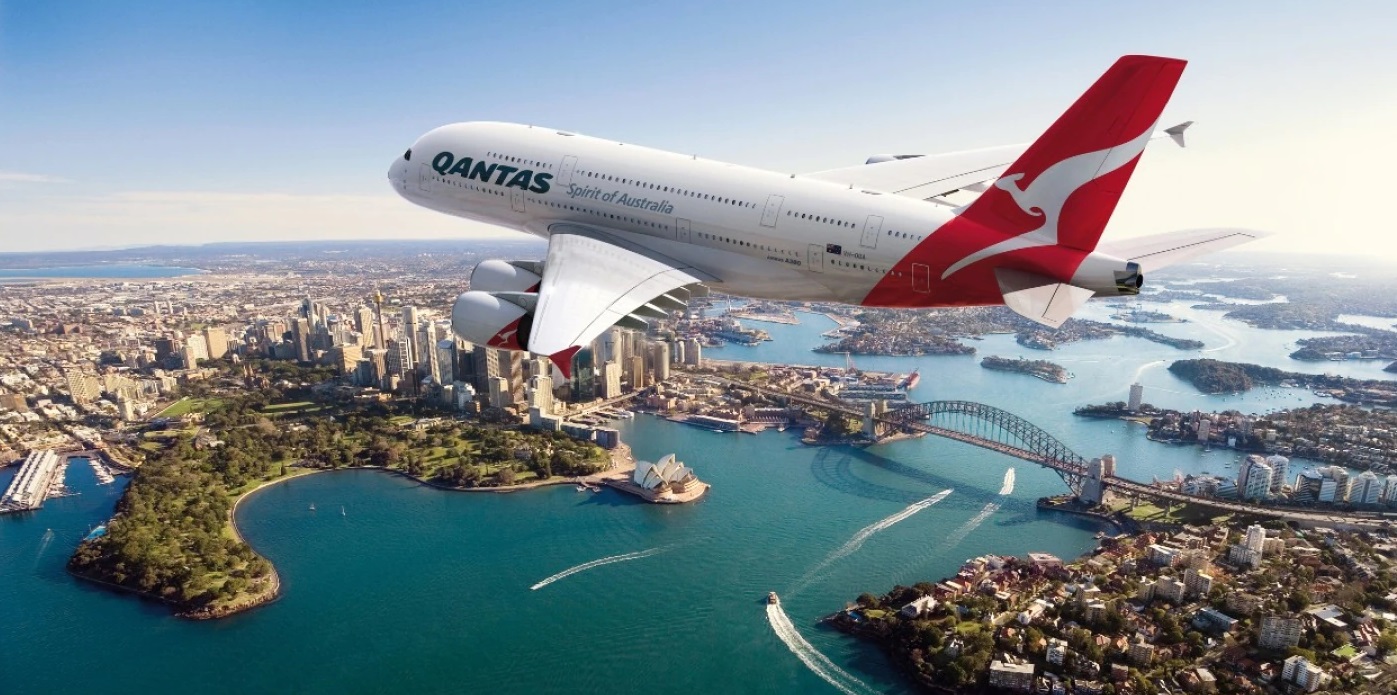Remember Twitter's corporate venture fund? No? How about Adidas, Qantas or Disney? We delve into the past to go through some of the units time forgot.

Intel Capital had its 30th birthday last year and we’ve seen the likes of Verizon and SoftBank feature as corporate venture capital figures for about as long.
But what about the units that launch and then burn out as their owners get cold feet, or quietly wind down while their parent company moves on? Here are some of the large corporates you may have forgot used to run CVC funds.
Let’s start with a company that’s been in the news recently. Twitter Ventures came out the gate with a bang in 2015, taking part in an $80m round for Cyanogen, the creator of an open source Android operating system. It was on its fourth deal by the time it invested $66m in online streaming platform Soundcloud the following year, when CEO Jack Dorsey revealed the fund had been formed to help the platform’s creators.
What happened next?
That was the last official deal for Twitter Ventures, which never even got its own website. Cyanogen shut down at the end of 2016 and Twitter had written off its Soundcloud investment by the end of 2017. It still makes a couple of VC investments a year and its director of corporate development, Peter Lenke, still has head of Twitter Ventures in his LinkedIn profile, but it’s safe to say things are up in the air there right now. Peter, if you’re reading this, get in touch! We want to know if you signed the pledge.

Walt Disney
Steamboat Ventures was formed by Walt Disney executive John Ball in 2000 to invest at the intersection of media and technology. Named after the studio’s first Mickey Mouse short, Steamboat Willie (pictured), it had a good run, scoring hefty exits from the likes of GoPro, Chinese e-commerce platform Fanli and Playdom, which was bought by Disney for $760m. Ball himself made the GCV Powerlist a couple of times, most recently in 2014, when he told us the GoPro investment had more than returned its entire fifth fund.
What happened next?
Steamboat had already begun raising money from other limited partners, closing an $85m fund with several backers in 2012, but the big hits were drying up. It hasn’t disclosed an official investment since 2017, when general partner Perry Chui founded growth equity firm Enlight Growth Partners, but the unit still maintains an online presence.
AT&T
Telecommunications firm AT&T established an $80m strategic investment fund called AT&T Ventures under the auspices of Richard Bodman, its head of strategy and development, in the early 90s, just before the dotcom boom started getting underway. Bodman has claimed it grew that original commitment into a $2.1bn nest egg, targeting companies building the technology required to make the internet mainstream.
What happened next?
The fund was spun off under Bodman’s ownership in 1996, by which time it had three US offices, with AT&T as a limited partner (this kind of thing isn’t a new development) alongside JP Morgan, and had launched a second, $150m fund. It liquidated the portfolio in 2001 and partner Jim Pastoriza went on to be managing partner of venture firm TDF Ventures, with Bodman as chairman. AT&T has also continued to make one-off investments, most notably in Cheddar and Magic Leap, and in 2017 pledged up to $200m for a VC fund to explore ONAP open source software.

Adidas
The apparel brand quietly set up Hydra Ventures in 2011 and Adidas executive Brett Hiltscher told Global Venturing two years later that it had built a five-company portfolio. It focused on sustainable materials and new sports media, and backed its most prominent portfolio company, 3D-printed parts provider Carbon3D, at a $1.7bn valuation in 2017.
What happened next?
The unit never seems to have really gone away, resurfacing in 2019 as Adidas Ventures but investing rarely. Fund director Milos Ribic explained the same year that startups were just as likely to approach the company’s R&D or fashion teams as they were the ventures team, which might explain why. Its most recent investment was in Yuga Labs, the creator of the Bored Ape Yacht Club NFT collection, in March, at a $4.5bn valuation that now seems awfully steep. Hiltscher had a stint at Reebok and is now in charge of digital partner commerce for Adidas, while Ribic went on to cofound plant-based sportswear brand Unless Collective.
Coca-Cola
The beverage producer launched its Coca-Cola Venturing and Emerging Brands (VEB) subsidiary in 2007 and it served as part CVC unit and part ‘brand incubator’, investing in startups including non-alcoholic beverage brand Iris Nova and kombucha producer Health-Ade. It also ran a VEB Founders Forum for a while, inviting startups to share ideas and experiences with each other.
What happened next?
Coca-Cola VEB seems to have been repositioned as a division called New Revenue Streams, tasked with exploring new business models and possible expansion into additional food and beverage categories rather than direct investments. Interestingly, regional Coca-Cola bottlers Coca-Cola HBC and Coca-Cola Amatil both run their own venture funds.

Ikea
No, not Ingka Investments, which invests on behalf of the Ikea holding company. Ikea Greentech was launched by the furniture brand in the university town of Lund in 2008 with €50m to invest in renewable energy, water and energy efficiency startups. Its first deal came two years later with electrification startup Alelion’s seed round, and it had backed four companies and a cleantech fund as of 2012. This was all part of plans to invest in eight to 10 startups over a five-year period.
What happened next?
The unit slowed down but officially kept investing until 2016. Managing director Christian Ehrenborg moved on to Ingka Investments, which concentrates on retail and digital finance startups closer to Ikea’s core activities. Its franchise division, Inter Ikea, also sporadically invests, most recently backing furniture subscripition Nornorm in a $116m round this week.
WeWork
WeWork may be responsible for more lost VC money than any other company, but back in 2018 it was riding high on a $15bn valuation, flush with SoftBank cash and plans to build schools and apartments. Part of that was channelled into WeWork Creator Fund, which was run by head of M&A Emily Keeton and tasked with investing in the future of work. The company added a food technology accelerator called WeWork Labs the following year.
What happened next?
Rohit Dave took the reins at Creator Fund in mid-2019 but a few months later WeWork’s $1bn IPO attempt crashed and burned, leaving the company in limbo, and the fund’s 14th and last investment came in 2020. WeWork revealed in the IPO filing that SoftBank had been financing Creator Fund the whole time anyway, which seems like a great metaphor for the company as a whole.
Vodafone
Vodafone was one of the early mobile network giants, and like many of its peers it was an early entrant into corporate venturing, forming Vodafone Ventures in 2000 to invest in wireless and internet technology. By the early 2010’s, it claimed to be one of the most active CVCs in the world.
What happened next?
Vodafone Ventures notched up some decent M&A exits over the years, including Snapin, Playspan, Amobee and Affirmed Networks, which Microsoft bought for $1.4bn. Vodafone shuttered the unit in 2014 and switched to the odd direct investment here and there. Group revenues have stalled in recent years though, so maybe it’s time to take another look at CVC?

Qantas
The Australian airline formed Qantas Ventures in 2017 to target aviation, travel, wellness, data, marketing and financial technology. It went on to invest in data management startup Data Republic, travel revenue management platform Volantio and Mad Paws, an online marketplace for pet sitters, presumably because people need one when they go travelling?
What happened next?
Some units have long journeys while others never seem to get off the ground. David Parfett, the group’s head of strategy and innovation, left for shopping centre operator Scentre Group in 2019, a few months after Qantas Ventures made its third and last investment. Ultimately, the unit was probably hamstrung by its location and the relatively small slate of suitable startups nearby.

Tate & Lyle
Sugar producer Tate & Lyle was already beginning to diversify when it launched Tate & Lyle Ventures with £25m in 2006 to invest in food and ingredient technologies. The unit was managed by a dedicated external firm called Circadia Ventures and showed enough promise for the corporate to put $50m into a second fund six years later.
What happened next?
Circadia Ventures still seems to be around but Tate & Lyle Ventures hasn’t disclosed a new investment in nearly five years. It hasn’t racked up much in the way of returns either, perhaps a result of being too early an entrant into what now looks like a far busier ingredients tech sector.
Texas Instruments
Texas Instruments remains one of the world’s largest semiconductor producers by revenue, but unlike peers such as Qualcomm, Intel and Applied Materials, it doesn’t maintain a corporate VC unit. It did once upon a time however, forming TI Ventures in 1997 with fund manager Hambrecht & Quist (H&Q) and $100m in capital.
What happened next?
TI Ventures operated three funds in partnership with H&Q, which also managed Adobe’s venture unit, but wound down in the 2000’s. It was formed right near the dotcom peak and perhaps suffered from the lack of a dynamite early portfolio company like Intel Capital had with VeriSign or Qualcomm Ventures with PayPal. The firm undertook a strategic review of its CVC activities in 2013, concluding multi-tenant funds may be the answer.









